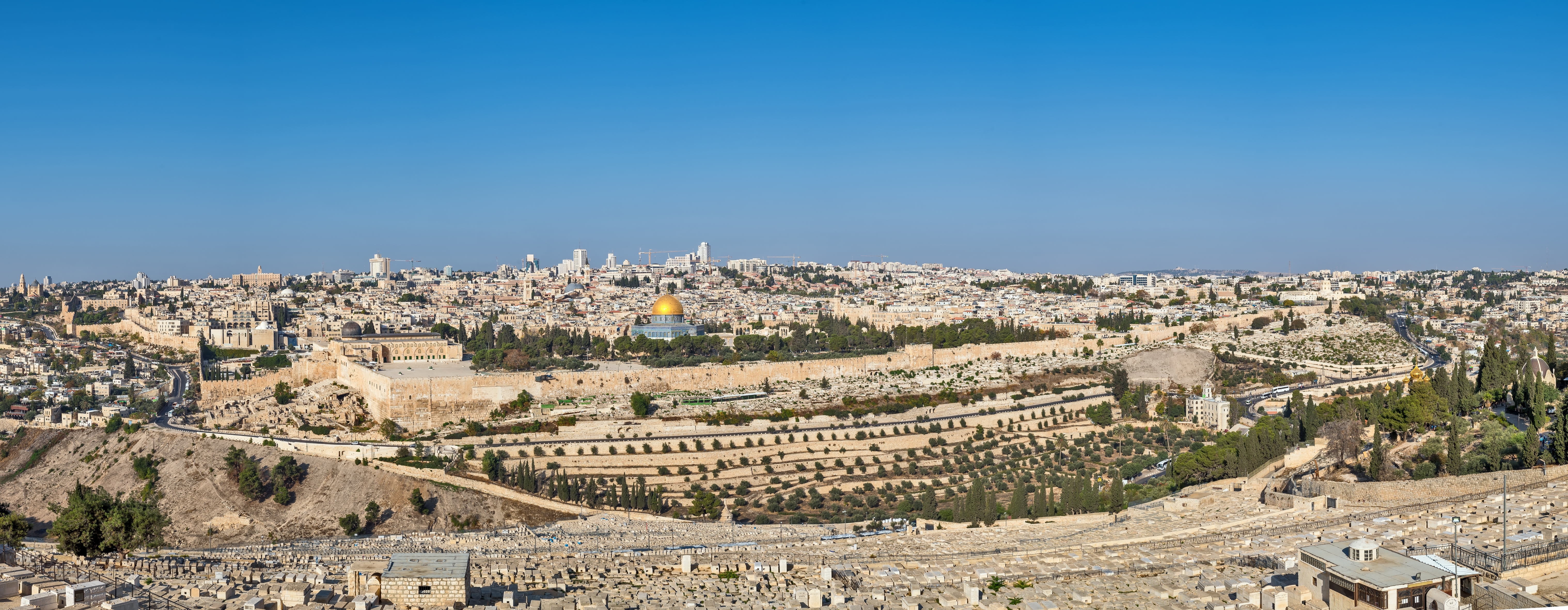Why is Lag Baomer Celebrated?
The Kabbalistic Approach
There are many customs associated with Lag BaOmer that stem from Kabbalah. This is because Rabbi Shimon bar Yochai, author/compiler of Kabbalistic works such as the Major and Minor Idra, died on Lag BaOmer. He also revealed many secrets to his students immediately preceding his death, many of which were later contained in the Zohar. In fact, he specifically told them that his entire life he desired to see this day (i.e. the day he would die) upon which revealing those secrets would be opportune, and therefore it is a day of rejoicing for the whole world.[1]
The Non-Kabbalistic Approach
Those who are not Kabbalistically inclined in particular may find it a challenge to ascribe today with any religious significance. To this end, I have collected the few customs that I could find, related to Lag BaOmer, that do not stem from Kabbalah[2].
In general, Lag BaOmer is referred to by the Halachic authorities[3] as a day of joy and feasting, for then the plague that killed Rabbi Akiva’s students subsided.[4]
Rabbi Josef Hirsch Dunner, one-time Chief Rabbi of East Prussia and later Rabbinic leader of the London-based Federation of Orthodox Synagogues, related that in his childhood hometown of Keln, Lag BaOmer was a day of joy for children, and that in the school his teachers would take their students on an outing. The explanation for this was that Rabbi Akiva began teaching his five greatest students (among whom was Rabbi Shimon bar Yochai) on Lag BaOmer in order to return Torah to the world. Indeed, that same day, he gave them ordination. For this reason, Lag BaOmer was made a holiday for yeshiva students[5].
Sources
[1] Eisenstein, A Digest of Laws and Customs, (Hebrew Publishing Company 1938) entry for Lag BaOmer
[2] The customs related to mourning, such as restrictions against music, haircuts and the like, that are lifted today, are halachic in nature and are beyond the scope of this discussion.
[3] Shulchan Aruch Orach Chaim 493:2; Maharil (Mechon Yerushalayim ed. 1989), Customs Applying between Pesach and Shavuot, #7 (according to most manuscripts)
[4] An additional cause for joy is that on 18 Iyar the Manna began to fall in the wilderness. See Chatam Sofer Yoreh De’ah Siman 233
[5] Dunner, Minhagei Maharitz Halevi (Ashkenaz Heritage Institute 2016), month of Iyar, #2. See commentary there where the customs of various communities in this regard are discussed at length.
Submitted by Alexander Grinberg


